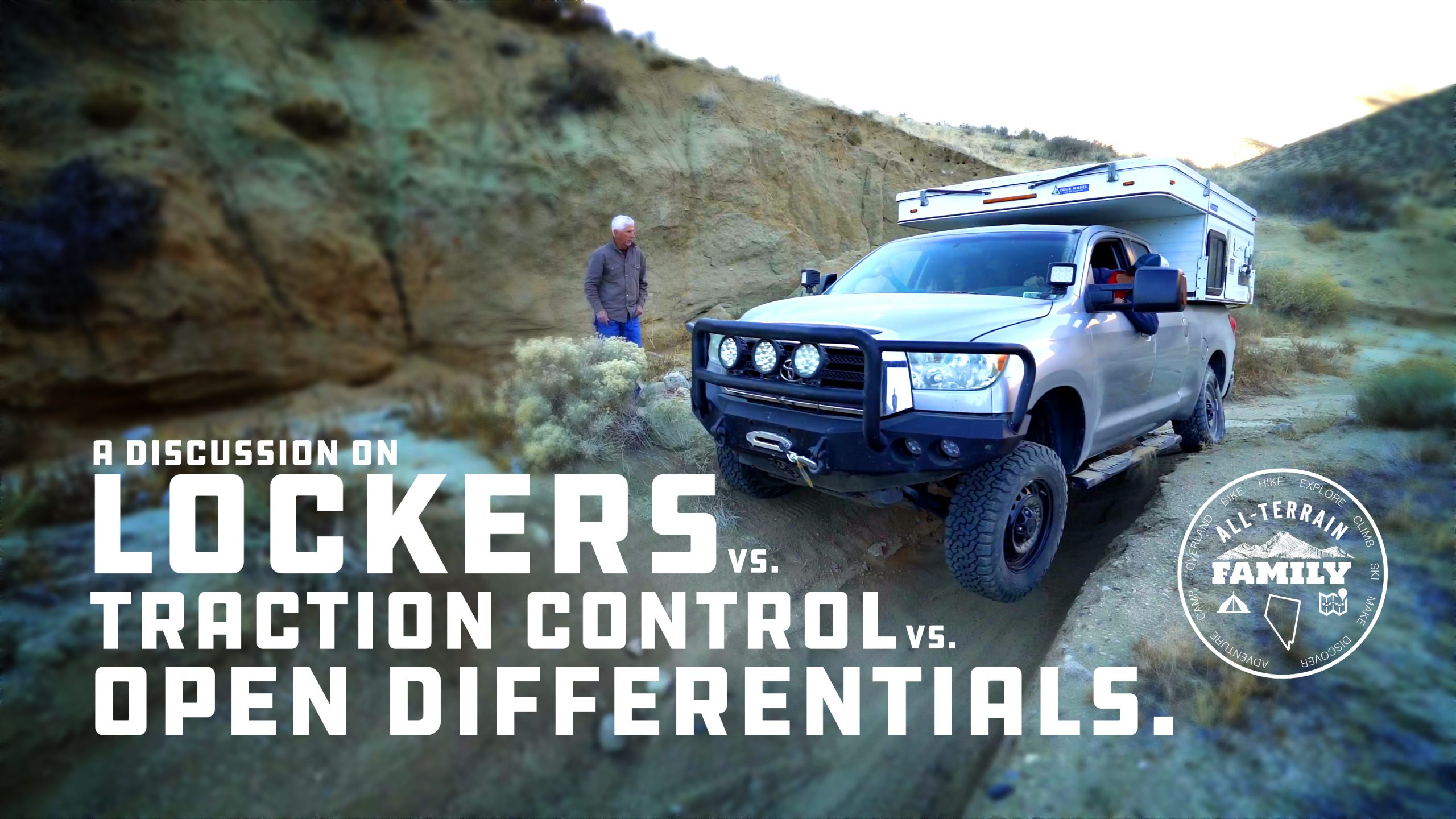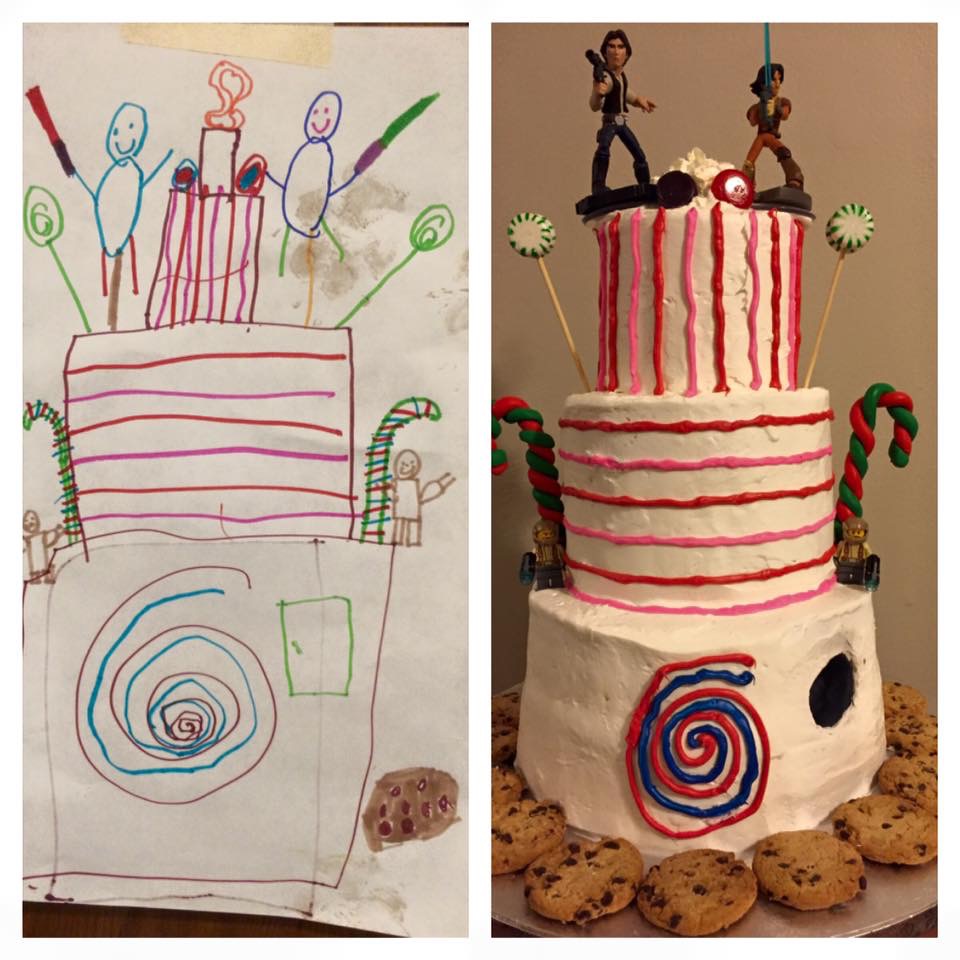My grandparents house in Baton Rouge Louisiana was in the country on 40 acres and was set off Greenwell Springs road a few miles from the A&P. There was a chain link fence with a gate ornamented with two cast metal dogs standing guard nose to nose. My grandfather grew some crops, had a tractor and a workshop filled with the kind of junk and flotsam that anyone under 12 knows by the name of “treasures.” My grandmother had a big upright piano, and a attic room filled with more treasures, some on display, some hidden in built in cabinets almost like hidden doors to little rooms filled with wonderful things.

One of those wonderful things was an old Underwood mechanical typewriter. My cousin and I would get this typewriter out and set it next to the adding machine on the desk and type, add, write things down on slips of paper and call in imaginary buy or sell orders on the old telephone next to the lamp on the desk. The clack or the typewiriter keys, the rolling ching of the adding machine and the shrill ringing of the phone (which was live) were wonderfully anachronistic sounds even then.
I don’t have and photos or videos of the experience, but the video below accurately represents the experience of playing with the typewriter.
The typewriter as i said was mechanical. That meant that the energy used to imprint the letter into the paper was supplied by pressing the key. Unlike the apple keyboard that I’m typing this on, whose keys only move a millimeter or two, Grandmommy’s typewriter keys dropped almost an inch. For a 10 year old that is a huge amount of movement. Basically, how it works is:
- You press the key, which pushes on a lever that connects to another lever that has the raised outline of a letter on it.
- That letter swings up quickly towards the paper and just before it does,
- a ribbon coated with black ink pops up and slips between the letter and paper.
- The letter strikes the paper with such force that it presses some of the ink into the paper.
- Then the carriage holding the paper moves a few millimeters over so the next letter can be printed in the right place.
- When it gets to the end of the line it trips a little bell to ring and you grab the silver lever and push it back to the left
- As you push it the carriage cranks the page up a few millimeters so your next line of type goes in the right place.
Typewriter Jams
If you type too fast, as we did, you would get two or more keys trying to hit the same spot on the paper at the same time and therefore occupy the same space and so they would jam up and create a dog pile of typewriter keys. We liked that part. The common keyboard layout still in use today is the QWERTY layout, so named by the order of the first 5 letters, was designed originally to reduce jamming while allowing for faster typing. The Remington Model 2 was the first popular typweriter to use this layout in 1878. This typewriter became popular because it hat a shift key that let you type upper and lower case letters.
Typewriter Videos
Typewriting Time from Michael Dibblee on Vimeo.
Technology
As the Louisiana summer days drug on the attic would heat up like a tire fire. Grandaddy would turn on the giant attic fan that rumbled like an engine on the roof and we’d climb down the stairs for lunch and a sweltering expedition to the pasture, the pond, the ditch or the barn. Eventually, my grandparents moved away from that house, and it was razed to the ground. The treasures are gone. Mom bought us a fancy electronic typewriter that could type by itself. Dad would bring it out at the least provocation, pop off the plastic cover, plug it in and press the secret keys that activated the demo and it would spin to live, typing out an entire page of text in a minute or so.
I wrote my first school papers on that typewriter, beginning my lifelong acceptance of typos in lieu of retyping the whole thing again. Later I wrote on green-on-black wordprocessors, saving files to floppy disks, then hard disk. Later we got an Apple II, then a 386 Windows computer, then there were computers at school, then came a series of laptops. I can’t remember the last time I committed ink to paper. Mom and Dad just moved again, and as they were packing Mom brought out the old electronic typewriter that amazed us so much when it was new and held it up. “Any reason I should keep this?” I looked up from my iPad where is was typing out a blog post on the shiny software keys and shook my head as the haptic feedback of the small, slick mobile device continued, not able to think of anything.
-Mike











Add comment